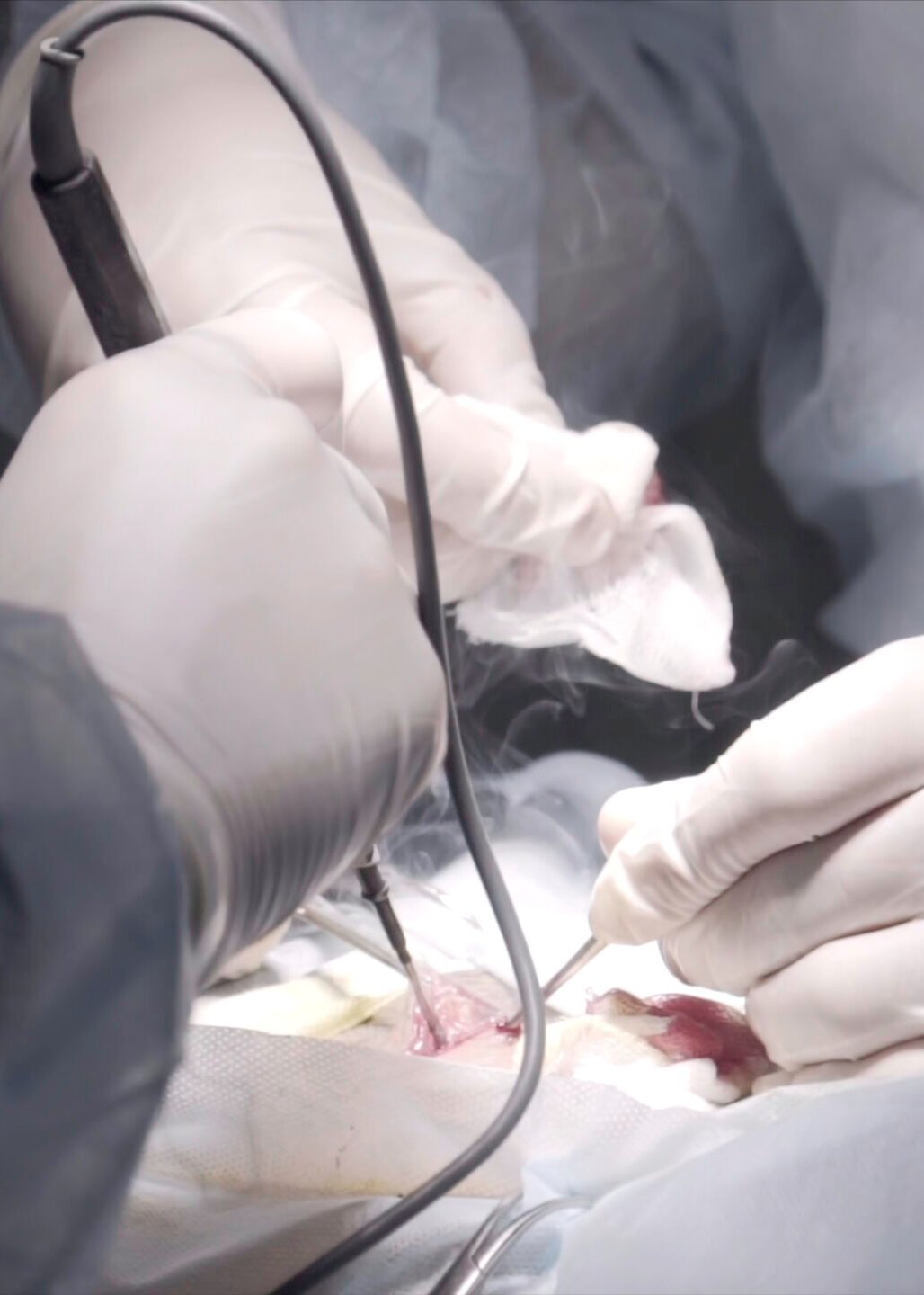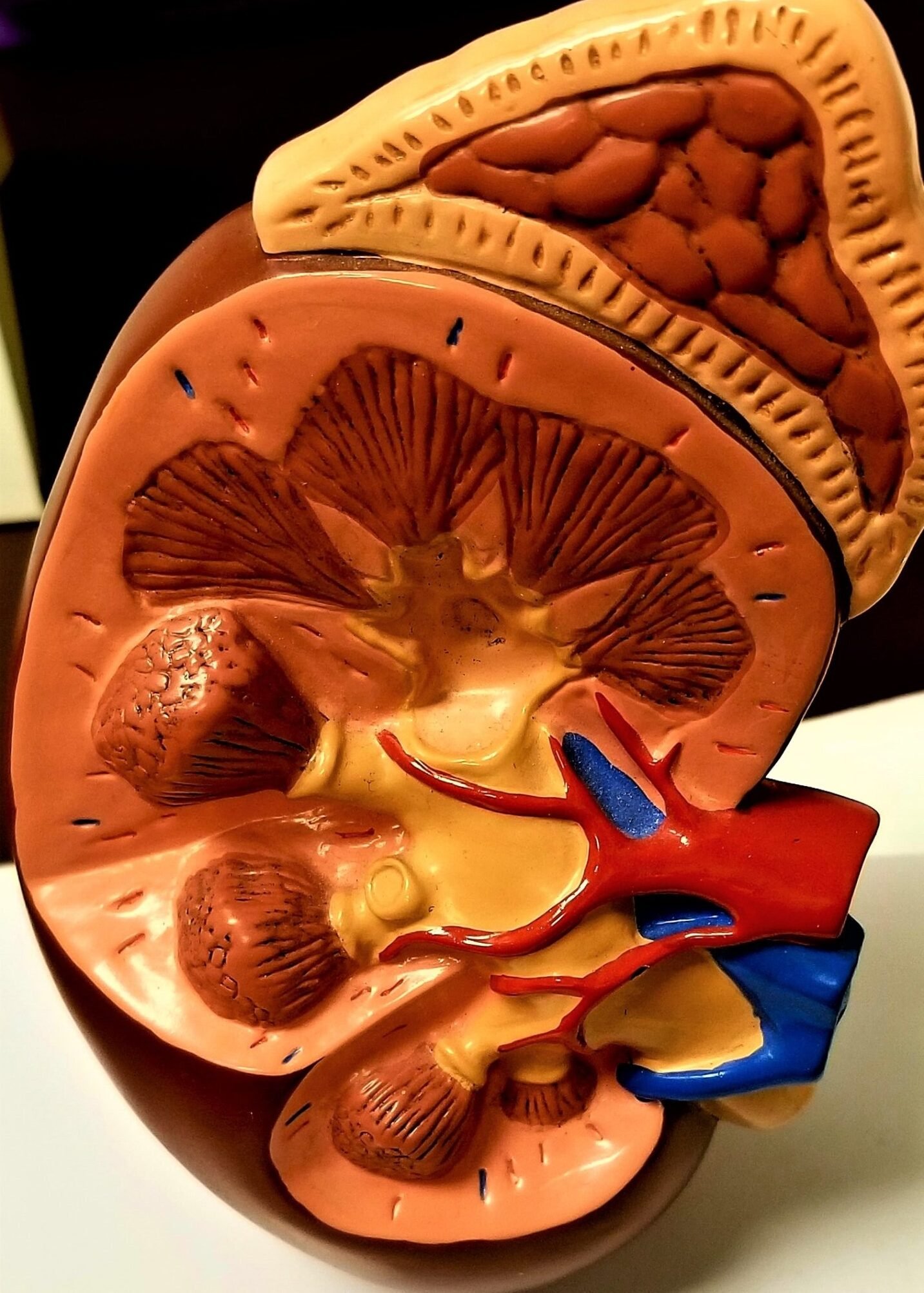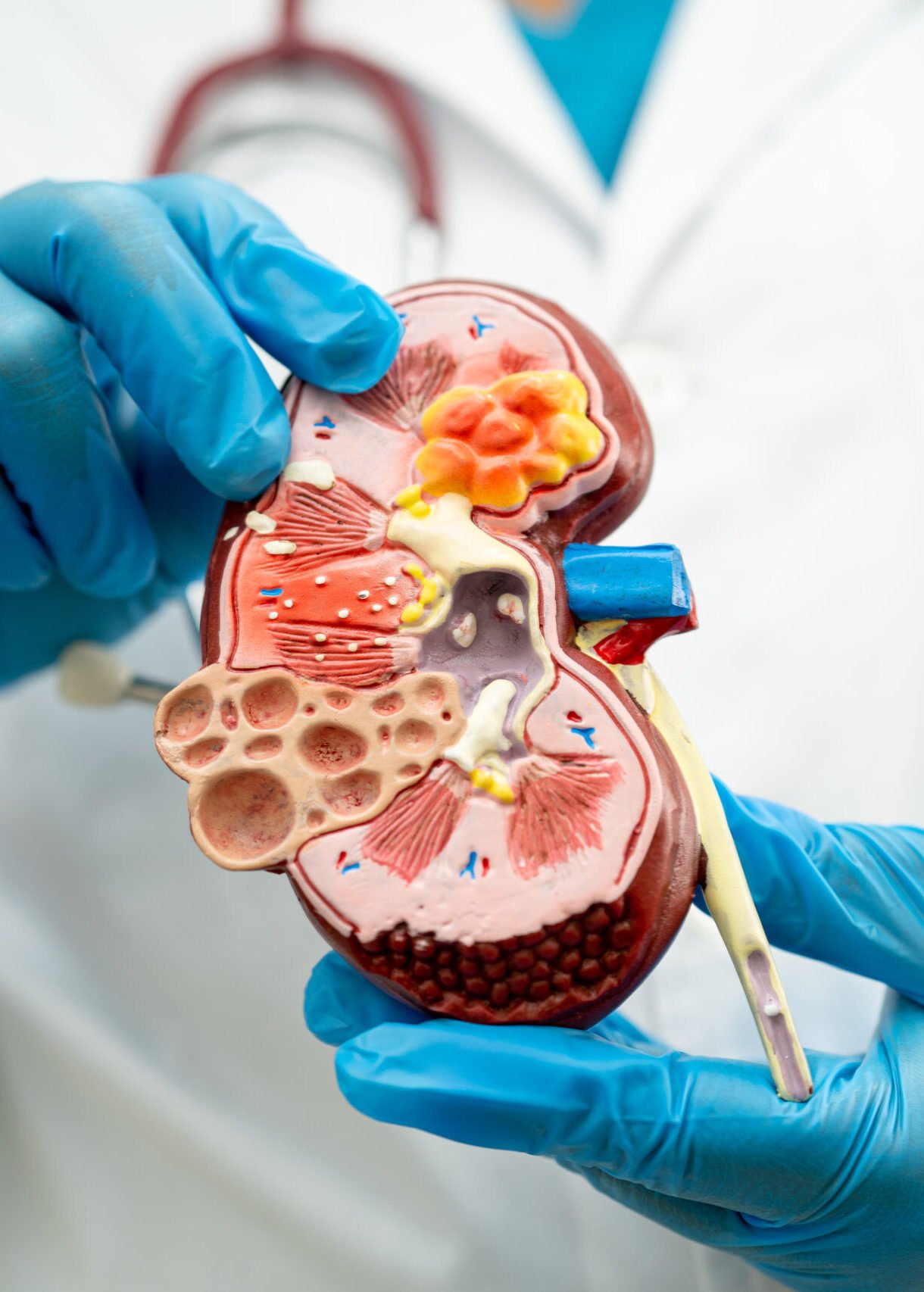Renal pelvis constriction, also known as renal pelvic narrowing or lower urinary tract obstruction, is a medical condition characterized by the narrowing or blockage of the channel connecting the kidney to the bladder. This constriction can occur due to several reasons such as tumors, stones, or obstruction resulting from infections or scars.
Common symptoms of renal pelvis constriction include pain in the lower back, difficulty urinating, changes in the color and volume of urine, and urinary retention. Symptoms worsen as the condition progresses and pressure on the kidney and bladder increases.
Renal pelvis constriction is diagnosed through medical examinations such as imaging studies, urine analysis, and medical evaluation. The condition is primarily treated through surgery to remove the obstruction and widen the channel connecting the kidney to the bladder. Surgery typically involves opening the blockage and removing tumors, stones, or scars causing the narrowing.
After surgery, necessary care is provided to the patient to aid in rapid recovery and avoid potential complications. Necessary care may include taking medication to alleviate pain and inflammation, following a healthy diet, and engaging in regular physical activity.
It is important to consult a specialist in nephrology and urology for accurate diagnosis and appropriate treatment of renal pelvis constriction. Regular monitoring and collaboration with the medical team are essential for obtaining the best therapeutic outcomes and ensuring the maintenance of kidney and bladder health.








